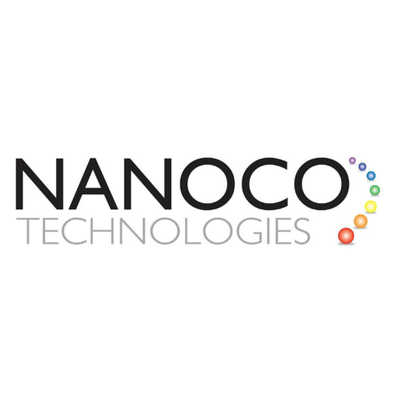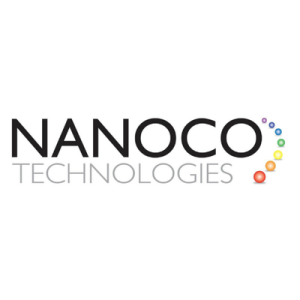Over thirty years ago, Alexei Ekimov, Louis Brus, and Moungi Bawendi made pioneering contributions to the study of quantum dots, tiny nanometre-sized crystals with unique semiconducting properties. Their work, which played a crucial role in the development of nanoscience, eventually earned them the Nobel Prize in Chemistry in 2023.
Quantum dots are notable for their size-dependent properties, particularly in how they emit different colours of light. Ekimov was the first to deliberately produce these dots in the late 1970s, but his results were initially limited to studying optical properties. Around the same time, Brus independently discovered quantum size effects while working with cadmium sulfide particles. Despite the geopolitical barriers that kept their work isolated, their eventual collaboration laid the groundwork for further advancements.
The breakthrough came when Bawendi and his team at Bell Laboratories developed a reliable synthesis method known as the hot-injection technique, allowing for the production of high-quality quantum dots. This method revolutionised the field, leading to widespread applications in technology and medicine.
Today, quantum dots are used in a range of products, including QLED displays, bioimaging tools, and potential future technologies like quantum computing. Their development highlights the importance of persistence in scientific research and the profound impact that fundamental discoveries can have on society.
Nanoco Group PLC (LON:NANO) leads the world in the research, development and large-scale manufacture of heavy metal-free nanomaterials for use in displays, lighting, vertical farming, solar energy and bio-imaging.


